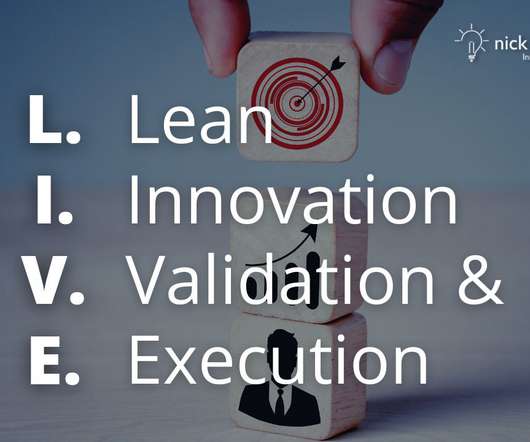5 Tips for Adding Value to Agile Design
InnovationTraining.org
APRIL 8, 2019
Agile Design Tip 1—Clear Goals Supported by Design Research. In Some Thoughts on Design Research, Agile, and Traps Charles Lambdin stresses the importance of clearly defined goals. Design Innovative software” is not a concrete goal; it’s a vague directive. Agile Design Tip 2—Leading with UX Design.















Let's personalize your content